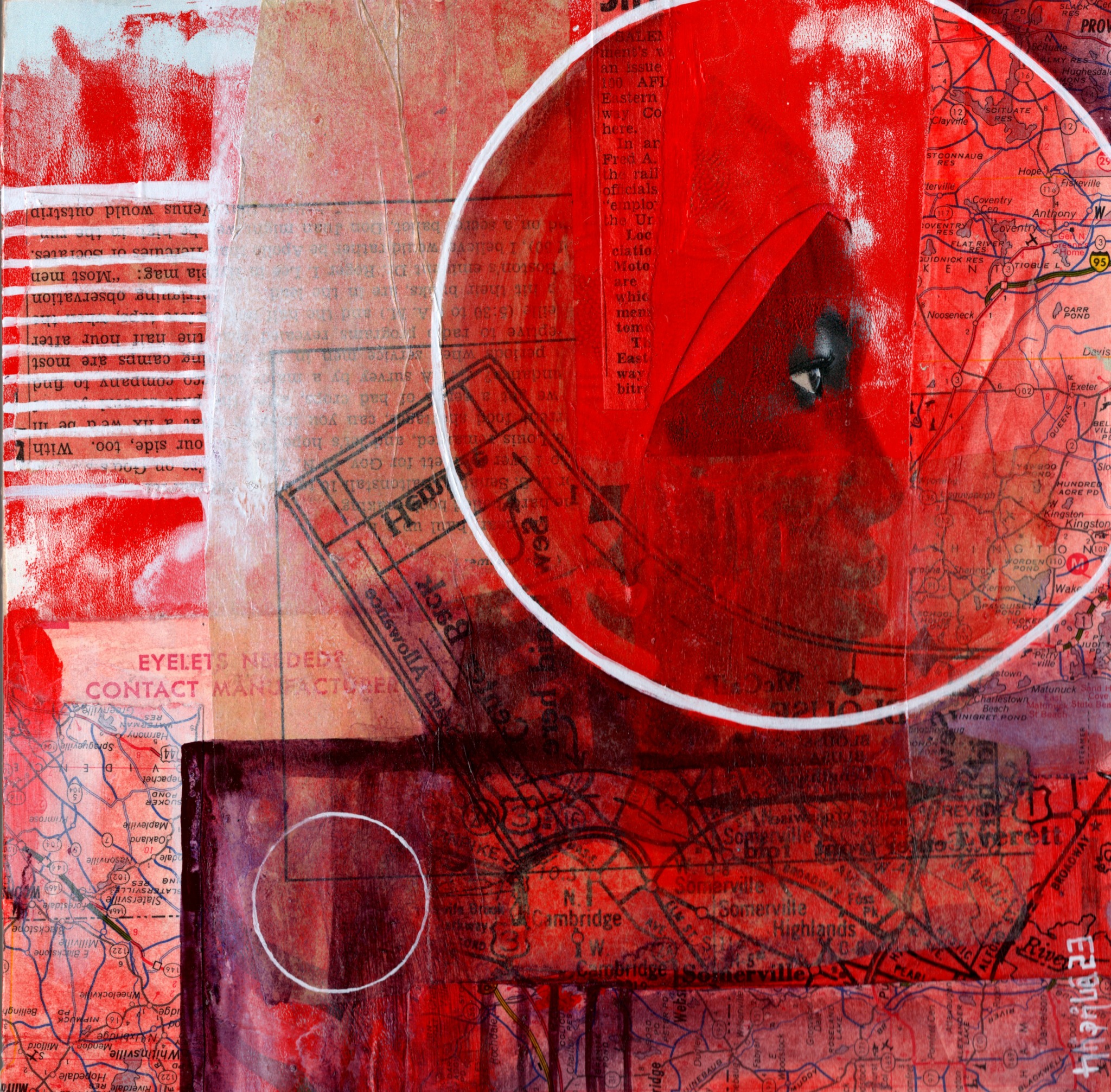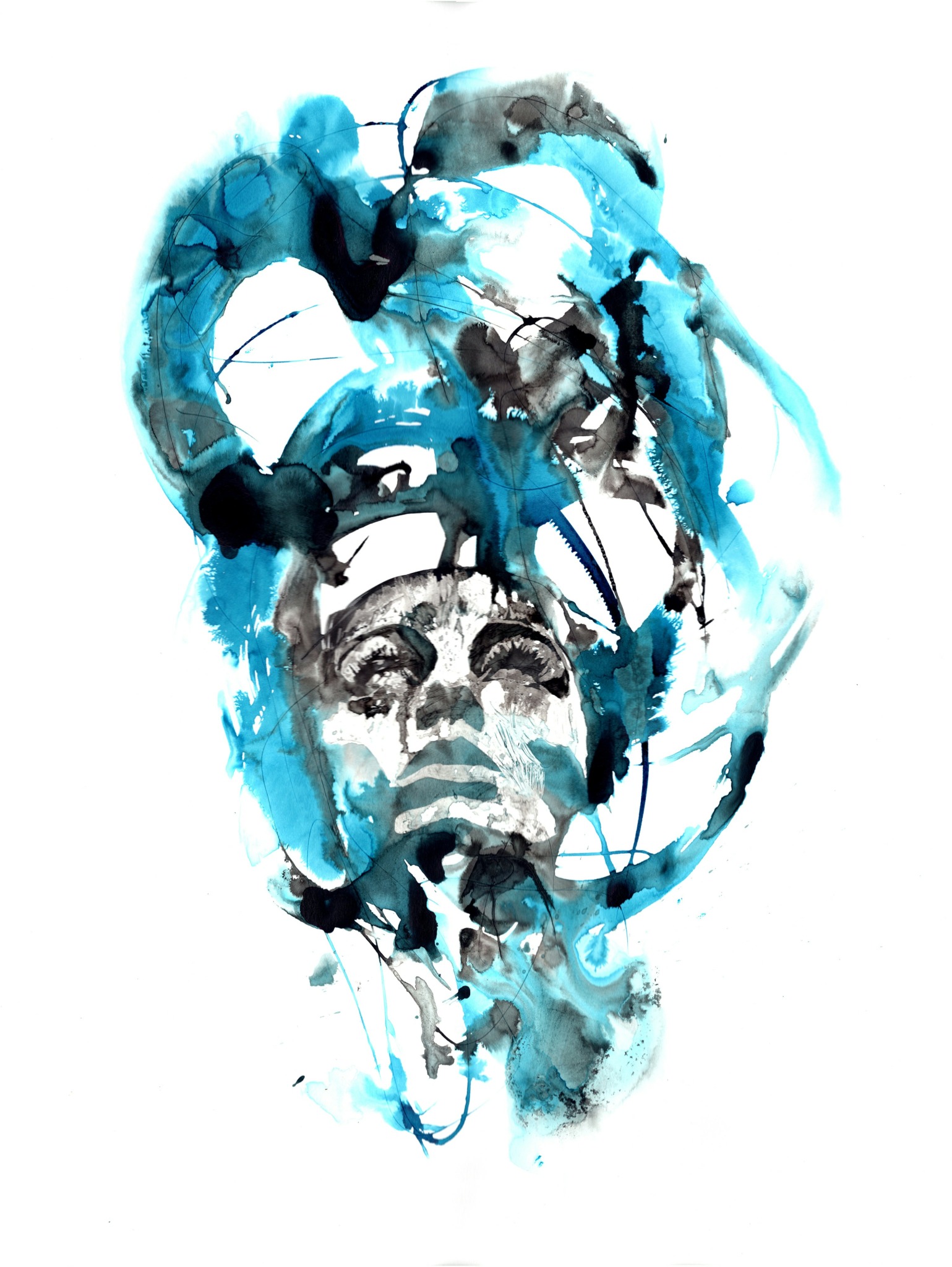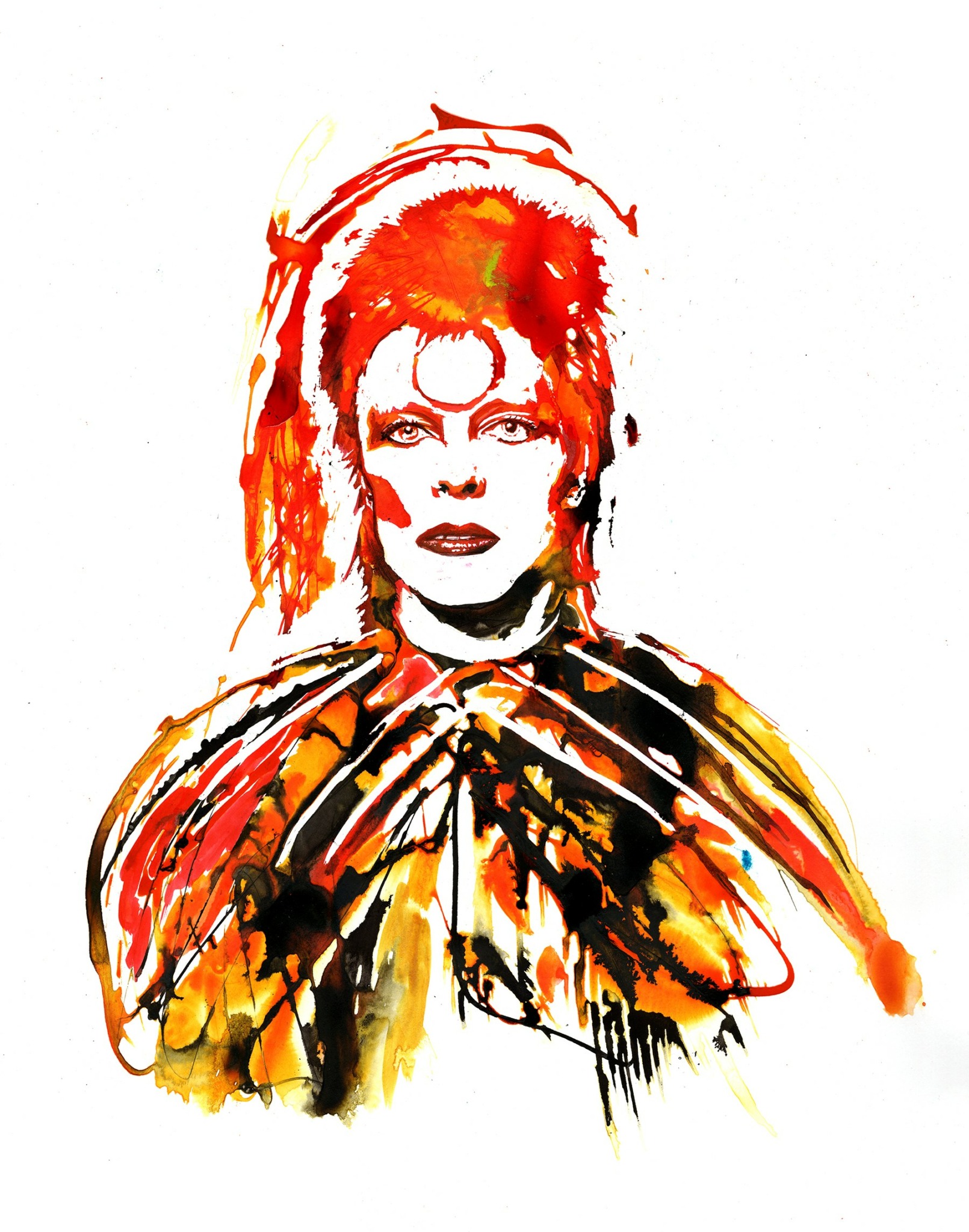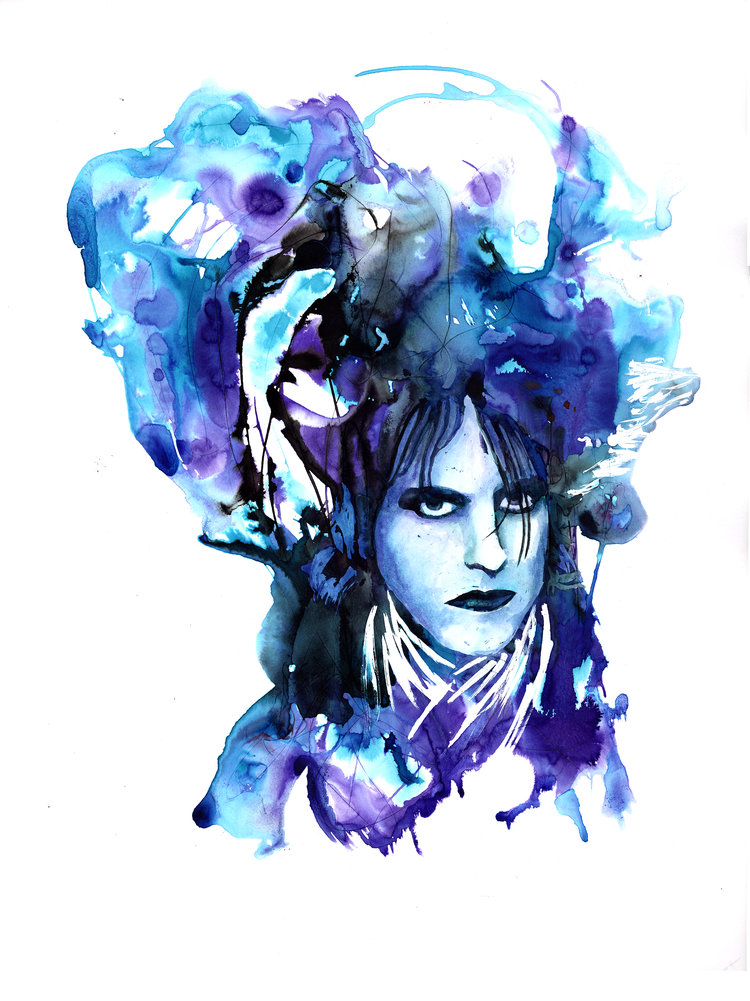We caught up with the brilliant and insightful Ivonne Blanco a few weeks ago and have shared our conversation below.
Hi Ivonne, thanks for joining us today. Are you happier as a creative? Do you sometimes think about what it would be like to just have a regular job? Can you talk to us about how you think through these emotions?
I often joke about being my own benefactor because I do work a 9-5 job as a designer for cancer scientists. I spent most of my time at RISD in Brown’s medical library, reading about diseases and surgical procedures. The majority of my career has been spent as a scientific illustrator; I currently design interactive visualization tools that enable cancer research scientists to discover vulnerabilities in genes. This enables me to finance my personal work— which revolves around dual identity, grief, and processing emotions—allowing me to experiment and fail without fear of where my next meal will come from. I am deeply satisfied walking these two worlds; the digital, which allows me to help cancer patients through design, and the deeply therapeutic analog world of inks and ephemera.

Awesome – so before we get into the rest of our questions, can you briefly introduce yourself to our readers.
Born and raised in Miami Fl to Cuban exiles, I’ve always had an affinity for art and design. Although my parents hoped I’d study medicine or engineering, I was too squeamish to be a surgeon and too dyslexic to navigate complex mathematics. I figured I’d compromise and pursue architecture, but that was quickly shut down while I attended Design and Architecture Senior High; I was more interested in the lettering of the title blocks than the actual building structure. I studied graphic design at the Rhode Island School of Design, but also took mixed media, photography, and printmaking to satisfy my need to do anything and everything. I then worked in scientific publishing as a scientific illustrator, always painting on the side. After moving to Atlanta, GA, to care for my sick father, I joined the Lotus Eaters Club collective; my first experience joining in a collaborative art studio. After a few years, I moved back to Boston, earned my masters in Experience Design from Northeastern, and joined the SOWA Artist Guild. I work as a full-stack UX/UI designer and have a studio at SOWA Boston, where I make multidisciplinary art.
In my personal work, I go by my full name and my website and brand is Blancomachete. Machetes are very important to us Cubans as they are both a tool for sustenance and a weapon of defence. My mother has several and often carried one when we took our neighborhood walks. I make a pin called the LoveMachete that has a heart instead of a hole in the blade and it is directly inspired by her.
My mixed media work revolves around themes of identity and duality; the eternal conflict between order and chaos. As a Cuban-American, I constantly feel as though I am navigating two distinct worlds that rarely converge. Trying to understand uncertain and unintelligible geography with unclear directions, represented in layers of maps and instructions divided by abstract incomplete boats. How can you navigate a world when the maps are upside down, the instructions are backwards, and your vehicle is in pieces?
My archival ink portraits also play with duality; the organic nature of unpredictable expressive ink versus defined figurative elements, locked in through a rubber mask. These works portray the energy and essence surrounding an otherwise serene subject.
On the subject of grief, my father died in 2017. In trying to process my emotions, I started making small skeletons, similar to calacas (Day of the Dead skeletons), placing them in glass jars accompanied by a note and dropping them as free art around the world. I call them Muertos (dead men). Atlanta has a pretty strong free art scene, so I started the practice while living there. The main goal with these is to connect with others to feel less alone in grief; strangers have found them and contacted me through the hashtags and identifiers in the note and I’ve had conversations with people around the world who have also experienced significant loss. I’ve dropped hundreds of muertos in 18 countries spanning 5 continents, with dozens of conversations with strangers about how isolating grief can be an how comforting it is to know that they are not alone.

What can society do to ensure an environment that’s helpful to artists and creatives?
What you can do, apart from buying work, is to embed yourself in the community. Become a regular at studios and galleries; go to openings, ask questions, form friendships with artists. Be an amplifier; share media posts, tell others about the work you’ve seen. But don’t be a jerk or a creep, and be mindful about monopolizing an artists’ time. If they’re spending 30 minutes chatting with you, they’ve probably missed out on closing a couple sales. Art is a difficult business that requires as much energy to advocate as it does to create the actual work.
One thing that bears noting: artists need to support each other. This is often seen as a zero-sum game, especially in areas where opportunities are limited. They need to recommend each other for opportunities, help make introductions, go to each others’ showings, cheer each other on if they sell a piece. Seeing each other as peers instead of competition will make the experience much more enjoyable. Black Walls Gallery in Boston that does this really well.

How about pivoting – can you share the story of a time you’ve had to pivot?
We’re all familiar with the sunk cost fallacy. You’ve put in all this time and resources, it’s clearly not working but you’ve given so much that you have to see it through. I had to leave a studio despite putting in years worth of labor and money because it was the wrong environment. The voice in my head said, “no just stick it out a bit longer, it’ll get better” but I had to look at the situation objectively; it was expensive, the audience didn’t resonate with my work, and there were very few opportunities to show my work. Most of my time was spent on creating formulaic work that would sell in order to make rent and the process of making art became daunting. So I moved operations to my apartment and painted out of my kitchen. Granted, it was a bit uncomfortable, but removing this expense relieved the pressure to generate income, so I was free to experiment with different mediums and work at a more reasonable pace. I initially saw it as a failure, but eventually felt like a massive weight was lifted from my shoulders. It gave me the time to look for a space that was a better fit and pass on ones that weren’t. After a year and a half, I was able to move into a space that better aligned with my work and goals.
Contact Info:
- Website: https://www.blancomachete.com
- Instagram: @blancomachete
- Twitter: bluesky: @blancomachete




Image Credits
Photo of me painting by Molly Hamill
Works (from top left): Between Two Worlds II, Cam46, AfroCuban, Malta I (all mixed media and acrylics on wood). Despair IV, Gold Bowie, Robert Smith (all archival ink and rubber on Bristol paper)


